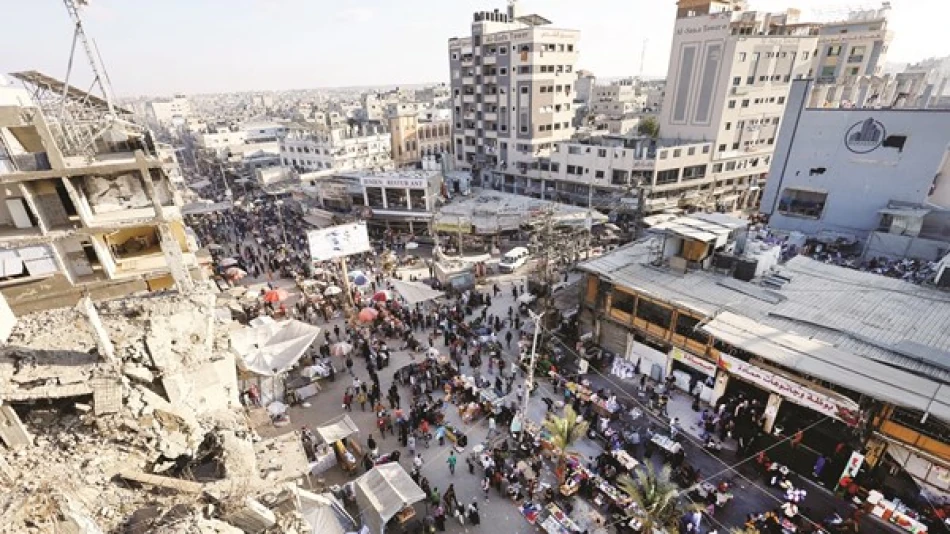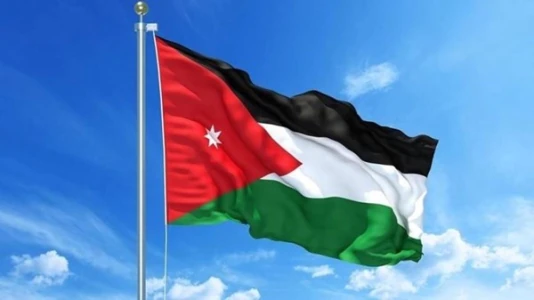
UN: 24,000 Tons of Aid Delivered to Gaza Since Ceasefire Began
The UN has delivered over 24,000 tons of aid to Gaza since the ceasefire began, but officials say this represents just a fraction of what's needed to address the massive humanitarian crisis. Despite the significant increase in aid flow, funding shortages and coordination problems with Israel continue to hamper relief efforts.
Ramzi Al-Akbarov, the UN's Deputy Special Coordinator for the Palestinian Territories, announced Thursday that aid deliveries have resumed across all crossing points since the ceasefire took effect on October 10th. The World Food Programme alone managed to receive 20,000 tons of food supplies in Gaza within 20 days.
But the numbers tell only part of the story. Gaza's 2.3 million residents, exhausted after two years of conflict, still struggle daily to find water and food. Many live in constant fear that fighting could resume at any moment.
The aid operation faces serious obstacles. Israel continues to block around 6,000 trucks containing enough food supplies for three months, according to UNRWA spokesperson Adnan Abu Hasna. Thousands of tents, shelter materials, medicines, and medical supplies also remain stuck at crossing points.
Tom Fletcher, the UN's humanitarian coordinator, put it bluntly: the increased aid flow is "just a drop in the ocean" compared to what's needed. Only one-third of the $4 billion humanitarian appeal for 2025 has been funded so far.
The healthcare system is on the brink of complete collapse. Hundreds of thousands of patients and wounded people aren't getting adequate treatment. Just six UNRWA health clinics remain operational across the entire territory.
Housing presents another crisis. Most Gaza residents are displaced, and many who returned home found their houses completely destroyed. UNRWA has managed to reopen 20 shelter centers to provide basic services, but tent shortages make it difficult to house everyone who needs shelter.
There's been one bright spot: education. UNRWA successfully restarted classes on October 18th, with around 300,000 students returning to school. The academic year has been split into two four-month terms to make up for lost time. In Gaza City, classes happen online, while 10,000 students receive direct instruction at equipped shelter centers.
The broader challenge remains coordination. UN officials are pushing for full implementation of a 20-point American plan they say is essential for comprehensive humanitarian assistance. They're also calling on Israel to allow non-governmental organizations to participate in aid distribution, arguing that registration problems for NGOs continue to slow operations.
Banks reopened on October 16th, six days after the ceasefire announcement, but residents who lined up in long queues left disappointed. Two years of conflict damaged or destroyed much of Gaza's financial infrastructure, along with homes, schools, and other institutions across the territory.
For now, the ceasefire has created space for aid workers to do more than before. But with such massive needs and limited resources, officials warn that much more support is needed to prevent further humanitarian catastrophe.
Most Viewed News

 Layla Al Mansoori
Layla Al Mansoori






